Long Term Care
Helping Seniors Fund Long-Term Care Expenses
With rising care costs, finding smart ways to fund long-term care is more important than ever—explore solutions that can protect savings and provide peace of mind.
In 2019, for the first time in recorded history, the number of adults aged 65 and older surpassed the number of children, marking a significant demographic shift known as "global aging." The United States is expected to experience a similar demographic change by 2030, when the elderly population will outnumber children.
San Diego County has a significant and growing senior population, which in turn increases the demand for long-term care services. According to recent census data, more than 15% of San Diego's population is aged 65 or older, and this number is expected to rise. This growth creates a greater need for long-term care services, and financial solutions, such as insurance, play a key role in managing the costs associated with these services.
The Growing Need for Long-Term Care
Many seniors will need long-term care at some point, but it is important to note that Medicare typically does not cover long-term care. This gap in coverage highlights the need for long-term care insurance, which can help offset the costs of care.
San Diego County offers a variety of long-term care options, including home care ,and nursing homes. The costs for each of these services vary:
- Home Care: The average cost for home health aide services is typically around $25–$30 per hour, which can quickly add up for 24/7 care.
- Nursing Homes: A private room at a nursing home in San Diego costs around $10,000 to $12,000 per month.
The Role of Long-Term Care Insurance
One way to help pay for these services is through long-term care insurance. The cost of long-term care insurance increases with age, the type of coverage, and the benefits selected (such as daily benefit amount and inflation protection). Here's an overview of typical costs based on age:
- For a healthy 55-year-old, premiums may range from $1,500 to $3,000 annually for a basic policy.
- By age 60, premiums may rise to $2,000 to $4,500 annually.
- By age 65, premiums can range from $3,500 to $6,000 or more annually, depending on the specifics of the policy.
It’s important to note that over time, premiums may increase due to inflation and rising care costs. Many policies offer inflation protection, which can be an essential feature to consider.
Planning for long-term care should be an integral part of any overall retirement strategy. While long-term care insurance can represent a significant investment, it offers peace of mind and ensures that seniors are financially prepared for the future.
Financial advisors play a critical role in helping clients navigate the complexities of long-term care planning. By understanding the options available—whether it's long-term care insurance, reverse mortgages, or other financial strategies—advisors can help seniors secure the care they need without compromising their financial well-being.
Case Study: Using a Jumbo Reverse Mortgage to Fund Long-Term Care
Consider the case of a couple: the husband is 72 and the wife is 68. They own a home worth $3 million, with a remaining mortgage of $245,000, and their current monthly mortgage payment is $2,300. The husband is still working, earning $275,000 a year. The couple has a solid financial plan but does not yet have long-term care coverage.
They were presented with two options:
- Option 1: Use their savings to purchase life insurance with a long-term care rider. While this would provide coverage, it would also deplete some of their reserves without eliminating any liabilities.
- Option 2: Use their Home Equity.
The couple applied for a Jumbo Reverse Mortgage option, and they were approved for $826,500 at a fixed rate of 7%. With this loan, they were able to pay off their remaining mortgage balance of $245,000 and purchase life insurance with a long-term care rider. They each deposited $200,000 into
the life insurance policy’s separate account, earmarked as a fund to pay long-term care premiums over a 7-year period.
Once deposited the $200,000 continues to grow and is available via the policy loan provision for emergency needs, not unlike a long-term bond. In
the event you never used the long-term care benefits, it would provide life insurance benefits that would pass to your heirs estate tax free.
When compared to a long-term care indemnity contract, that has no cash reserves, life insurance is far more superior.
Could This Strategy Benefit Your Clients? Let’s Find Out!
Do any of your clients fit this scenario? Retirement in Reverse would be happy to provide a customized, hypothetical scenario to help you assess if this strategy could be a valuable solution. Let’s explore how we can make it work for your clients!
Who would have ever thought you could use a reverse mortgage for this?
Today’s reverse mortgage is no longer the loan of last resort. It’s a flexible financial tool that can be used strategically for:
- Charitable giving
- Buy-sell agreements
- Paying for long-term care or in-home support
- Funding a business venture
- Helping Grandkids Fund College Expense
- Gift down payment to your Kids
- Any many more….
It’s all about what the money costs. It’s just math.
Retirement In Reverse offers Objective, Competent Advice to help you make informative decisions for your clients.
Furthermore, we have No Conflict of Interest, as we do not sell Financial Product, nor enter into financial planning engagements. We share your commitment to your clients’ financial stability and quality of life.




